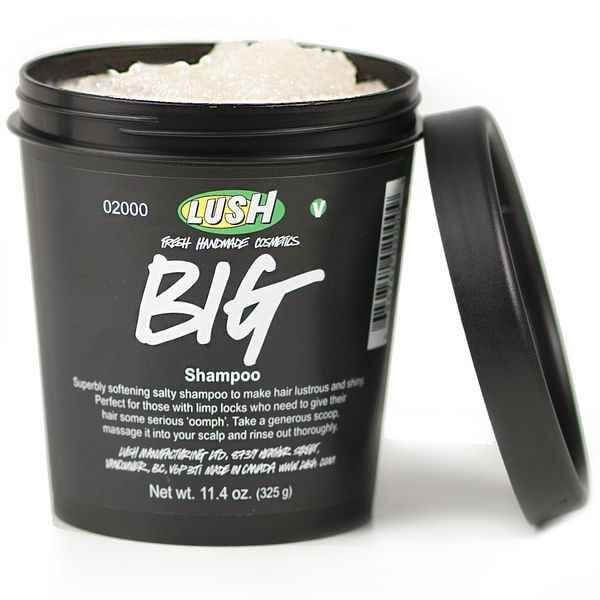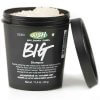This DIY sea salt shampoo is an exact dupe/replica of Lush’s Big Sea Salt Shampoo and I am absolutely in love! But at almost $30 a jar, I seriously cannot justify paying that much for something I know I can make! What’s great about this DIY sea salt shampoo is that it works just as well as Lush’s sea salt shampoo or any other shampoo that contains sodium chloride and it will seriously only cost you a couple of dollars! And don’t worry, the ingredients are super easy to get!
The reason why sea salt shampoos are so good is because they’re amazing cleansers that get rid of all the gunk. So if you’re one of those that pile on the hair products, a sea salt shampoo will definitely get rid of that. On top of that, sea salt shampoos give GREAT body and texture, so if you’re suffering from thin hair this will really help! Additionally, salt shampoos also exfoliate, getting rid of dead skin cells, encouraging hair growth, and leaving hair squeaky clean!
A wise word: try not to use this shampoo too much because it DOES contain salt which we all know can dry out hair! So keep it chill, and use it only 1-2 times a week. Oh and if you’ve already purchased Lush’s Big Sea Salt Shampoo, make sure to save the container so you can reuse it! This stuff will seriously last you a long time!
Homemade Sea Salt Shampoo

You’ll Need:
- 14 tbsp coarse sea salt
- 1 cup organic unscented Castile soap
- 3 tablespoons fresh lemon juice
- 2 tablespoons carrier oil of your choice (coconut oil, avocado oil, olive oil, etc…)
- 10-15 drops of essential oils (optional)
About Oils:
Carrier Oils: It’s important that you choose a good oil – this will be your base oil. You can choose any natural oils from coconut oil, to avocado oil, hazelnut, olive oil, etc. Just make sure to pick out a super rich, moisturizing oil as salt can be drying!
Essential oils: Add whichever essential oils you like, or make a combination of your favorite ones. For hair growth, use peppermint essential oil. For dry hair, use lavender essential oil. Those with oily hair should use tea tree oil.
Directions:
- Combine all ingredients in a glass jar and mix well.
- Scoop out in a clean jar or a recycle Lush pot and put it to good use!
- Suggested usage: use it as you would any other shampoo, just make sure you don’t use it more than 1-2 times a week!
Benefits of a Sea Salt Shampoo
- Deep cleans hair. Hair feels clean and healthy after just one use.
- Removes product buildup. Over time, hair tends to get gunked up with hair product, and regular usage of a sea salt shampoo can clarify and cleanse hair.
- Exfoliates. Gets rid of dead skin cells, which means a healthier scalp and faster hair growth.
- Adds texture and volume. Add massive volume to hair by using a salt shampoo once or twice a week. Those with thin hair can greatly benefit from it!
- All natural. Making your own shampoos and other beauty products ensures that you’re using only natural, cruelty free products. Commercial products are often laden with chemicals and other unsavory ingredients.
DIY Sea Salt Shampoo Recipe

A quick, simple, and cost effective DIY sea salt shampoo recipe that's a great duplicate of Lush's version!
- 14 tbsp coarse sea salt
- 1 cup organic unscented castile soap
- 3 tbsp fresh lemon juice
- 2 tbsp carrier oil of your choice
- 10-15 drops essential oil of your choice
Combine all ingredients in a glass jar and mix well.
Scoop out in a clean jar or a recycle Lush pot and put it to good use!
Use it as you would any other shampoo, just make sure you don't use it more than 1-2 times a week!

How many times a week can I use this?
Hi Heidy,
You can use this once or twice a week 🙂